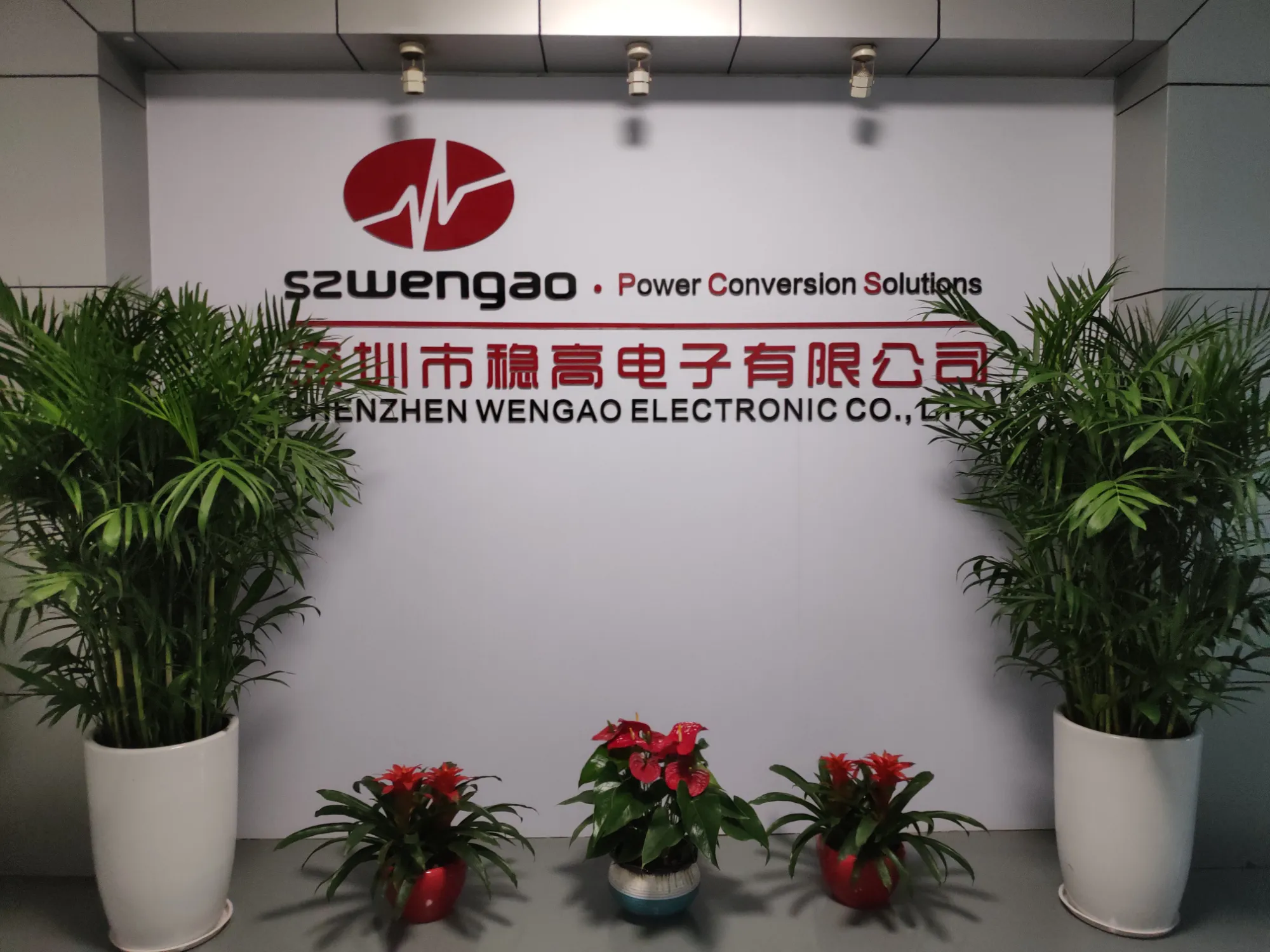Læser til DC-DC
Ladning af enheder undervejs, hvilket sikrer en uafbrudt strømforsyning.

Vores første spændingsregulator er af szwengao. Denne opfindelse repræsenterer toppen af elektronisk teknik. vores regulere er designet med stor omhu og opmærksomhed, så de kan sikre stabil og præcis strøm af elektricitet, som vil beskytte dine enheder mod spændingsudsving. de er lavet med kun høje standard komponenter; derfor garanterer dette deres pålidelighed og holdbar

I forbindelse med at lave spændingsregulatorer har szwengao overvejet brugen af moderne teknologi. Det betyder, at de har sat systemer i gang, der sikrer, at den fungerer bedre end nogen anden. Ifølge denne erklæring kan vores spændingsregulator ændre dens spændingsudgang dynamisk afhængigt af hvilken enhed der er tilsluttet den. Strømlever

Der er intet ved szwengao, der er vigtigere end at beskytte elektroniske gadgets mod strømudsving og strømoverskridelser. overspændingsbeskyttelse, underspændingsbeskyttelse, kortslutning er nogle af de beskyttelsesforanstaltninger, der følger med vores spændingsregulatorer. Disse egenskaber hjælper meget med at forhindre skader på følsomt udstyr og dermed forlænge

Energibesparelse er blevet et meget vigtigt aspekt i den nuværende verden, som har set folk blive mere miljøbevidste. i denne henseende er szwengao spændingsregulator blandt de bedste, når det kommer til energieffektivitet. det kan gøre det ved at overvåge og regulere, hvor meget strøm der går gennem det, og dermed reducere driftsomkostningerne samt

designere af szwengaos spændingsregulatorer skal have haft brugeroplevelse og integration i tankerne under deres oprettelsesproces. styringerne er intuitive, mens grænsefladet dækker for nem installation i eksisterende systemer og dermed sparer tid til at opstille nye enheder helt. Desuden passer dens formstørrelse godt ind i allerede etabler

10 år Professionel producent af strømforsyning. Det er en stor fordel, at vi har en sådan politik.
Shenzhen Wengao Electronic Co., Ltd. søger at være den bedste leverandør af strømløsninger. Vi skaber og producerer AC-DC-strømforsyninger, DC-DC-omformere, batteriladssystem samt højspændingsstrømforsyninger til internationale kunder. I vores produktlinje har vi mere end 500 modeller, der kan opfylde forskellige behov; disse omfatter, men er ikke begrænset til, alternativ energi industrielt udstyr og automatisering, telekommunikation, robotkøretøjer og transport, medicin osv. szwengao er velinformeret om mange applikationer med et responsivt servicesupportsystem; i dag har det samarbejdet
Ladning af enheder undervejs, hvilket sikrer en uafbrudt strømforsyning.
Det reducerer spændingsniveauet sikkert og forhindrer beskadigelse af følsomt udstyr.
Konverterer strøm effektivt, hvilket muliggør sømløs kompatibilitet mellem enheder.
Opbevarer stabil spænding, der beskytter elektronikken mod udsving.
szwengao tilbyder en række spændingsregulatorer, såsom lineære reguleringsapparater, skiftende reguleringsapparater og programmerbare reguleringsapparater, der passer til forskellige applikationskrav.
Det er klart, at vi kan tage os af store ordrer, da vi er producenter og leverandører, samtidig med at vi sikrer, at de leveres til tiden og opkræves til konkurrencedygtige priser.
Ja, det er det, vi gør bedst. Vi kan ændre vores reguleringsapparater til at passe til dine specifikationer, herunder at ændre spændinger eller tilføje eventuelle særlige funktioner, der er nødvendige; endda skabe helt nye!
Lad os hjælpe dig! Del med os nogle detaljer om, hvad du har brug for det til, og vores ekspert team vil anbefale den mest egnede model baseret på dine krav.
For at opfylde kravene til pålidelighed, ydelse og sikkerhed, som forskellige industrier har sat; er strenge foranstaltninger blevet implementeret i szwengao under produktionen, således at alle deres produkter konsekvent opfylder disse kriterier uden undtagelse.
vi tilbyder en omfattende garanti, der dækker alle defekter, der skyldes fabrikationsfejl eller fejl under normal brug.
